

因为前后端分离了,所以这个项目基本用不到@controller


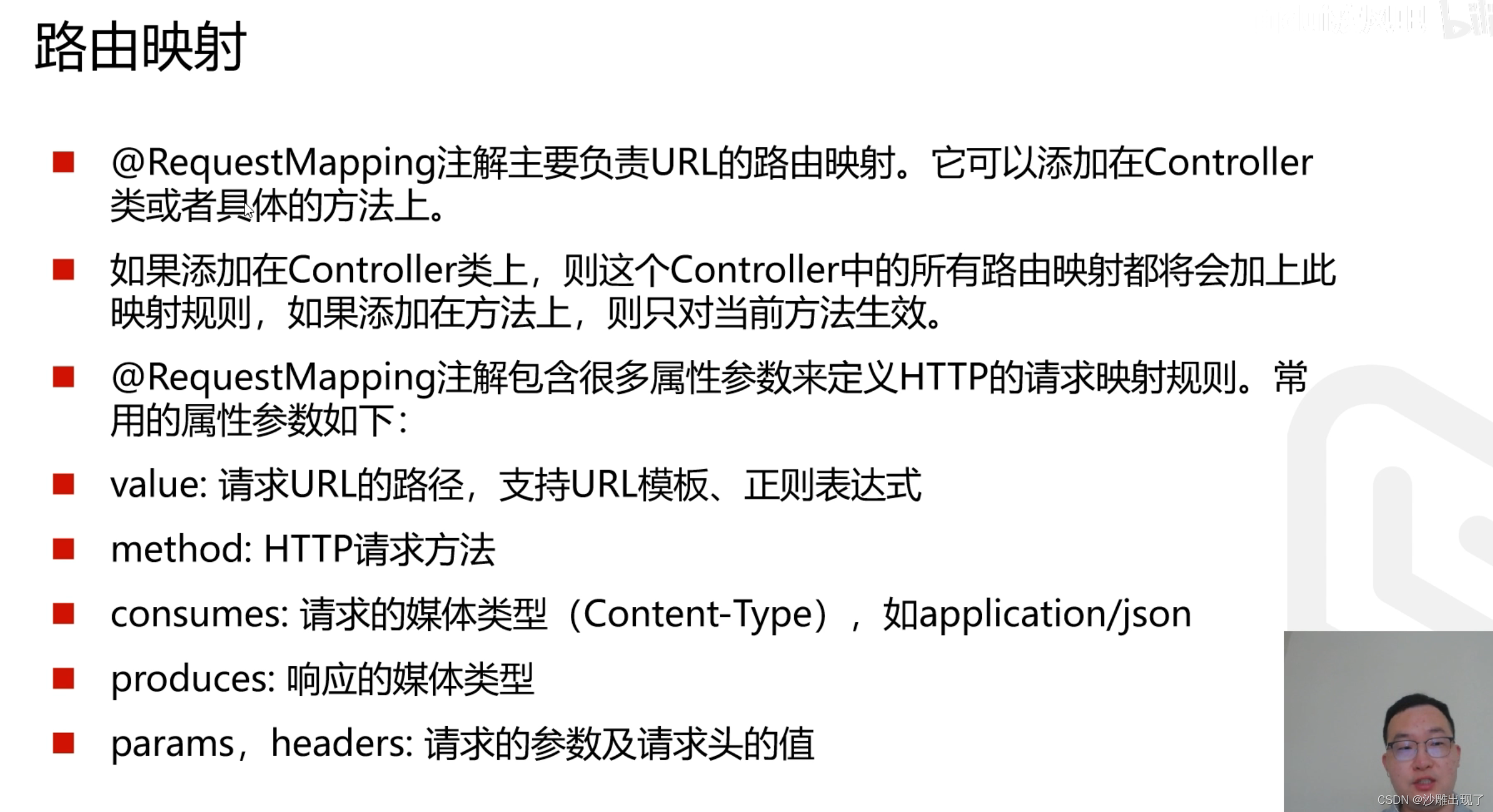

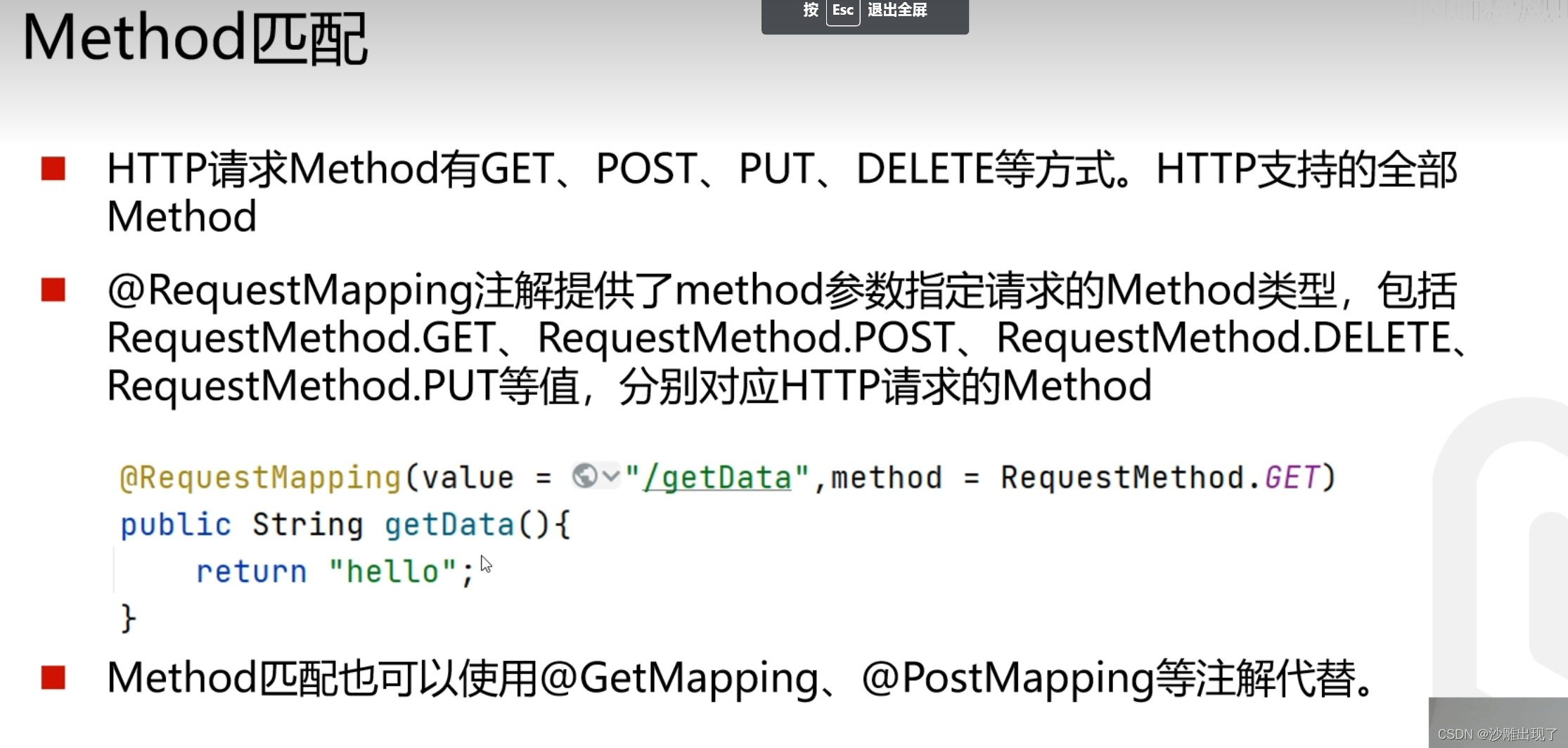
这句话意思:
controller只能用get接受前端的请求
@RequestMapping(value = "/hello",method = RequestMethod.GET)
@GetMapping("/hello")这两句等价的
前段传递参数,我怎么接收呢?

?nickname=hy是前端传递的参数
hello里面的形参nickname需要和他保持一致,接收这个参数
注意点:
1,传递的和接收的参数名不一致,用@requestparam注解强制绑定,但是绑定后这个参数前端就必须要传递,可以加一个参数将其设为可选的

POST请求
嗯前段要发送post请求需要一些复杂的组件,我们可以用软件模拟,这里用到apipost

如果是json格式传输数据呢?
1. 用requestbody包起来参数
2. 传递的参数是一个类的实例,这个类的一些属性要和你传递的参数一致
@RequestMapping(value = "/postTest2",method = RequestMethod.POST)
public String post2(@RequestBody User user){
System.out.println(user);
return "Post请求,接收json数据";
}user类:
package com.example.demo.entity;
public class User {
private String name;
private String password;
public String getName() {
return name;
}
public String getPassword() {
return password;
}
@Override
public String toString() {
return "User{" +
"name='" + name + '\'' +
", password='" + password + '\'' +
'}';
}
public void setName(String name) {
this.name = name;
}
public void setPassword(String password) {
this.password = password;
}
}
通配符
用的不多,以后用到了解吧
2. 静态资源访问

如何使用:比如这边有一张鼠鼠的图片,用户想通过浏览器访问到,静态资源默认斜杠后面可以访问到,即在浏览器输入
http://localhost:8080/shushu.jpg
如果你不想在根目录下,默认是/**,可以设置虚拟映射
spring.mvc.static-path-pattern=/images/**
这是更改默认路径
spring.web.resources.static-locations=classpath:/css
这个css是自己创建的目录,classpath是类目录下,是target/classes目录下3. 文件上传
需要前端上传文件



package com.example.demo.Controller;
import org.springframework.web.bind.annotation.PostMapping;
import org.springframework.web.bind.annotation.RequestMapping;
import org.springframework.web.bind.annotation.RequestMethod;
import org.springframework.web.bind.annotation.RestController;
import org.springframework.web.multipart.MultipartFile;
import javax.servlet.http.HttpServletRequest;
import java.io.File;
import java.io.IOException;
@RestController
public class FileUploadController {
@PostMapping("/upload")
//这玩意儿和下面的等价
//@RequestMapping(value = "/upload",method = RequestMethod.POST)
public String up(String nickname, MultipartFile photo, HttpServletRequest request) throws IOException{
System.out.println(nickname);
System.out.println(photo.getOriginalFilename());
System.out.println(photo.getContentType());
String path = request.getServletContext().getRealPath("/upload/");
//这句话的意思是获取到云端服务器的路径
//怎么获取的:用上面那个参数HttpServletRequest request一个请求
//request.getServletContext().getRealPath这是一个动态路径,后面的可以任意拼接
System.out.println(path);
saveFile(photo,path);
return "上传成功";
}
public void saveFile(MultipartFile photo, String path) throws IOException{
File dir = new File(path);
if(!dir.exists()){
dir.mkdir();
}
File file = new File(path + photo.getOriginalFilename());
photo.transferTo(file);
//这句话意思是把photo也就是网上那张图存储到file当中
//那用户怎么从浏览器访问这个目录呢?配置一下那个静态资源目录即可
//spring.web.resources.static-locations=/upload/
//斜线就是tomcat运行的云端根目录
}
}
配置
spring.web.resources.static-locations=/upload/
# 斜线就是tomcat运行的云端根目录4. 拦截器


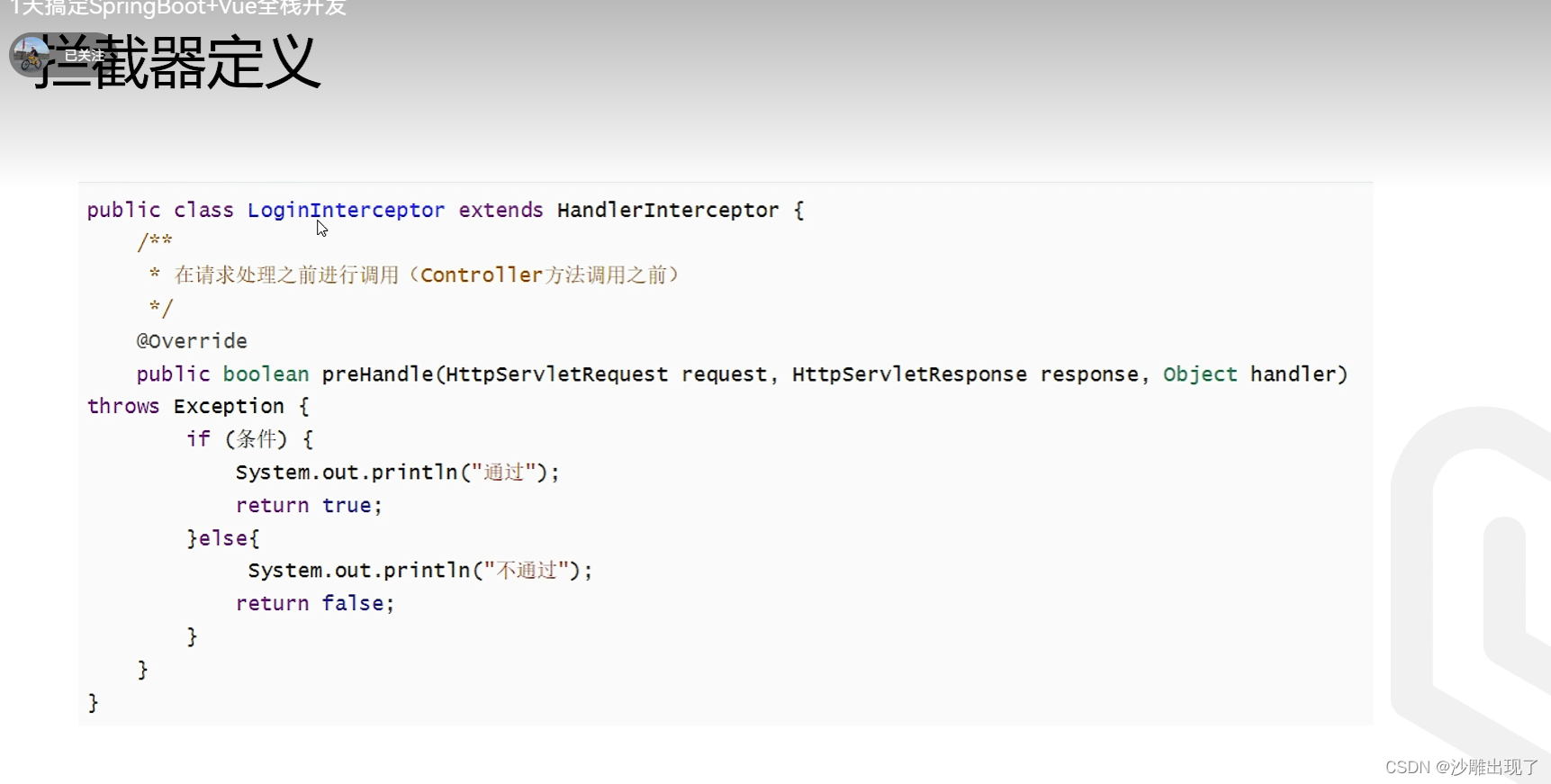

public class LoginInterceptor implements HandlerInterceptor {
@Override
public boolean preHandle(HttpServletRequest request, HttpServletResponse response, Object handler) throws Exception {
System.out.println("LoginInterceptor");
return true;
}
}配置一个config
@Configuration
public class WebConfig implements WebMvcConfigurer {
@Override
public void addInterceptors(InterceptorRegistry registry) {
registry.addInterceptor(new LoginInterceptor()).addPathPatterns("/user/**");
//表示拦截哪些路径
}
}
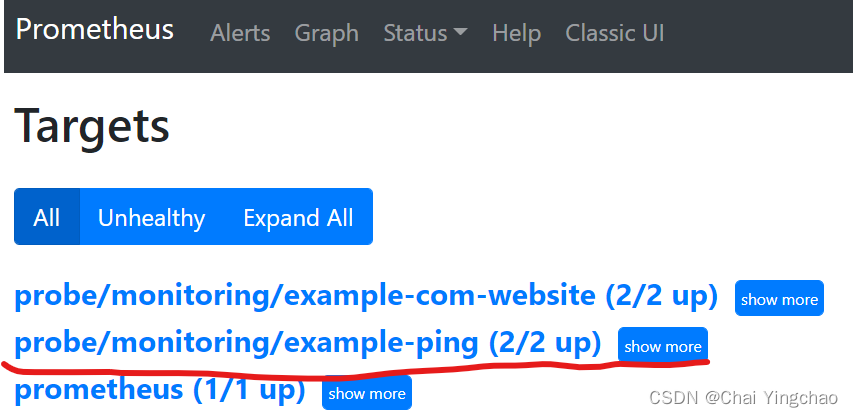




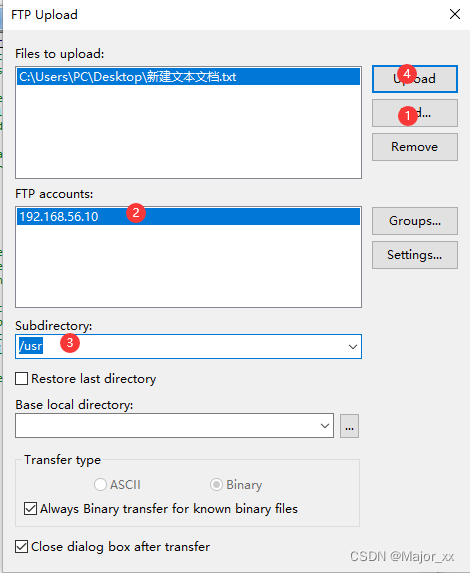

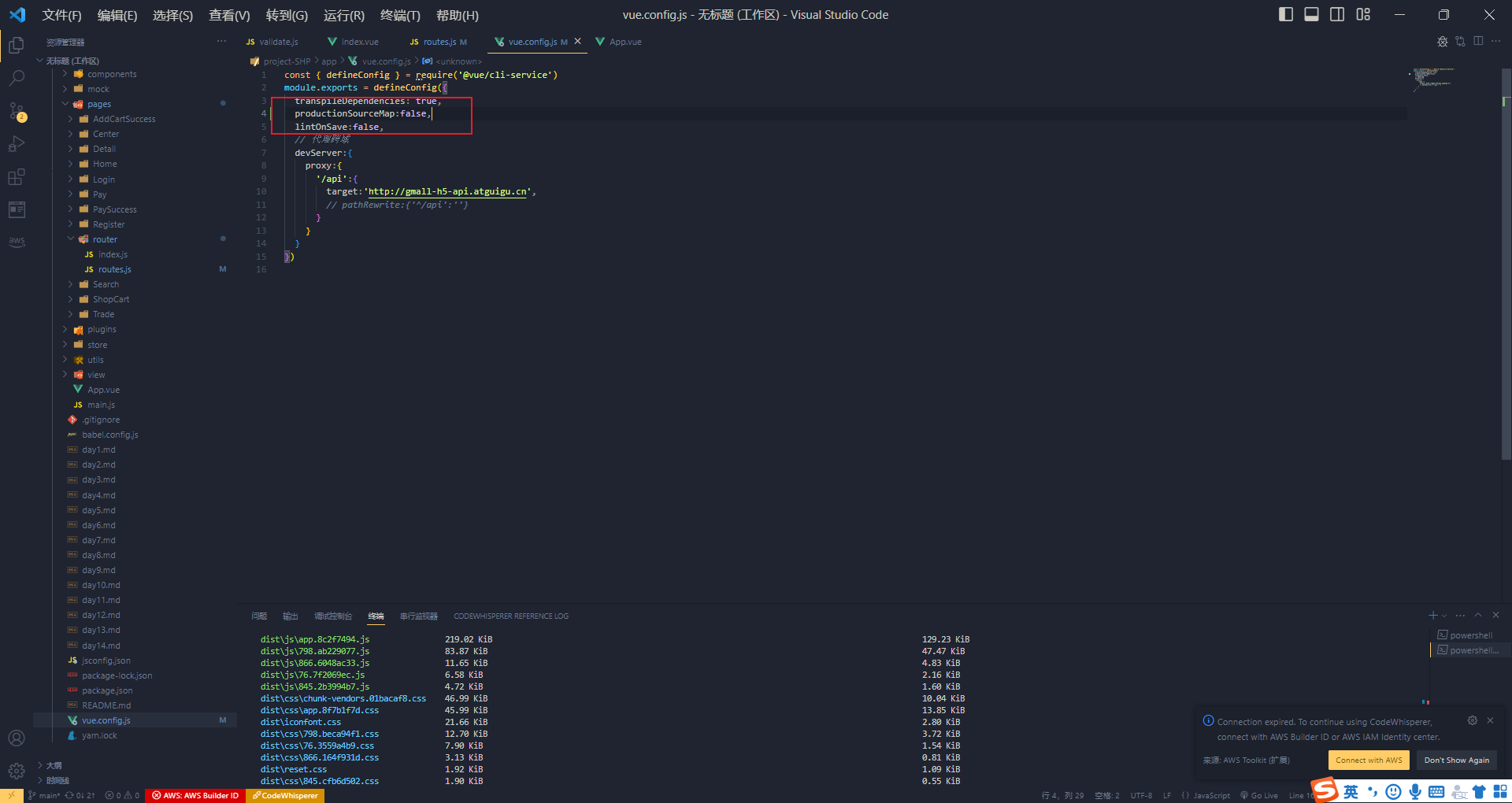


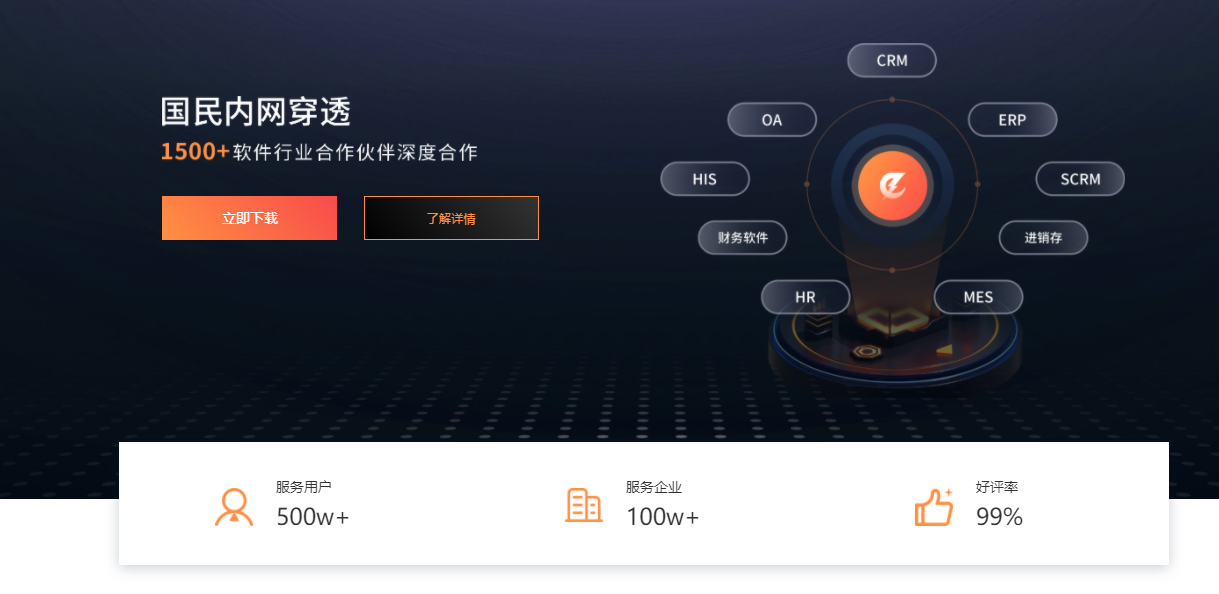
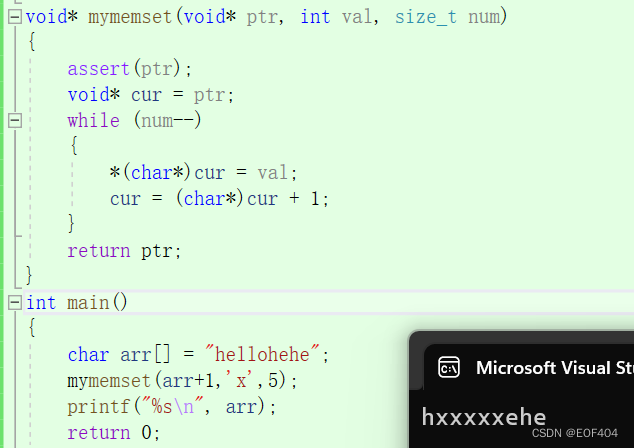



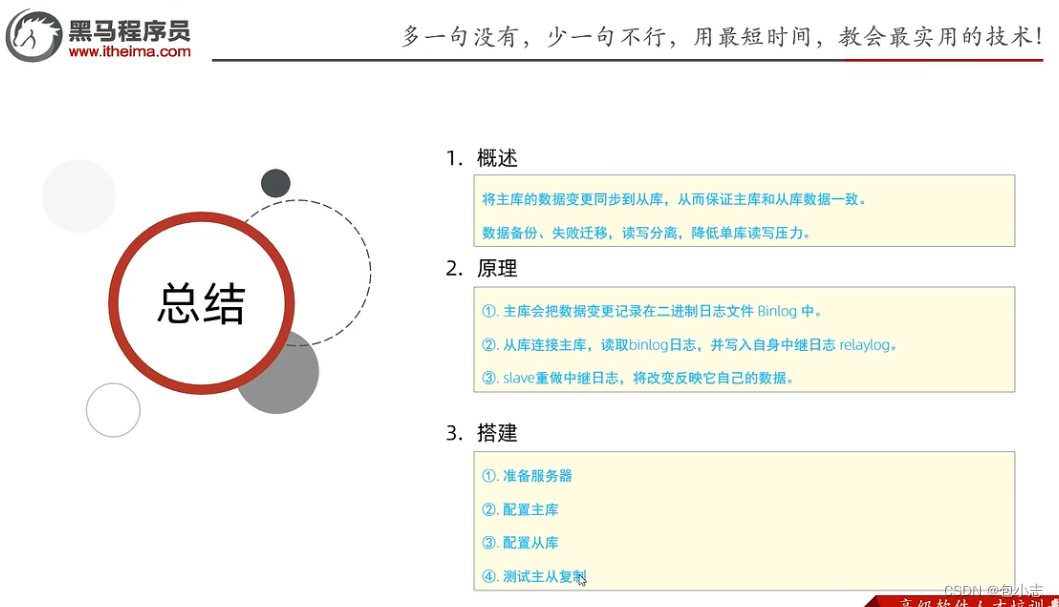
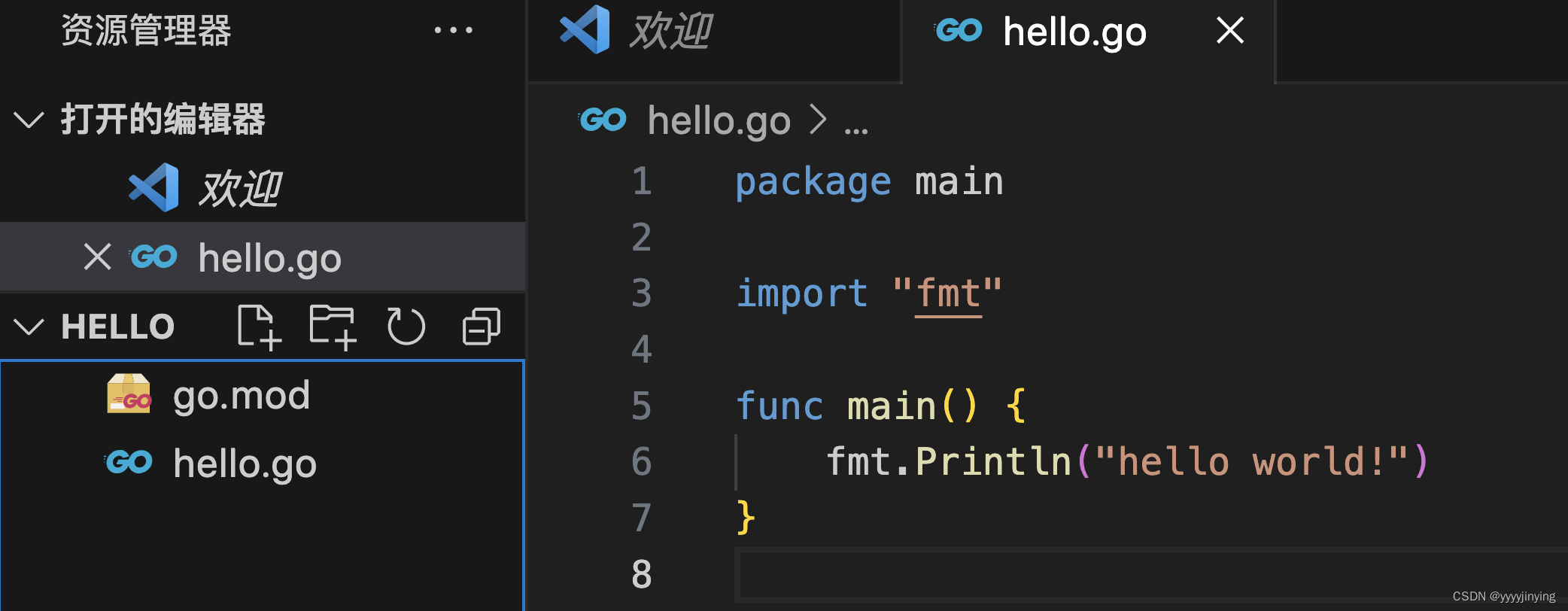
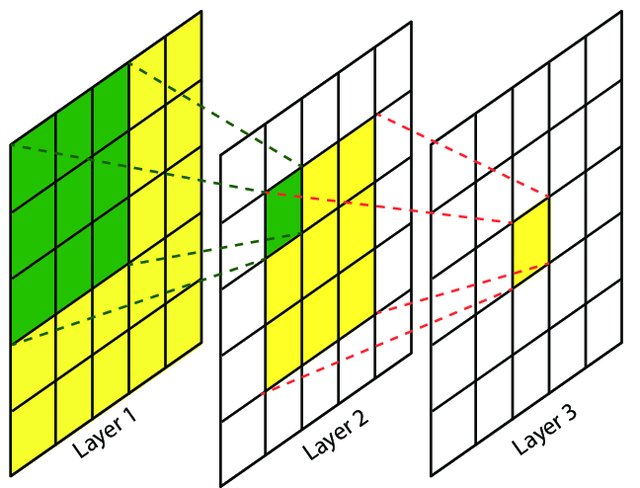

![[NOIP2007 普及组] 纪念品分组](https://img-blog.csdnimg.cn/4f8c98d0600d427aade5f3e49f2f4393.png)